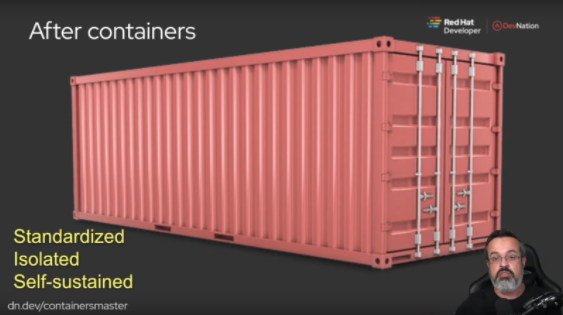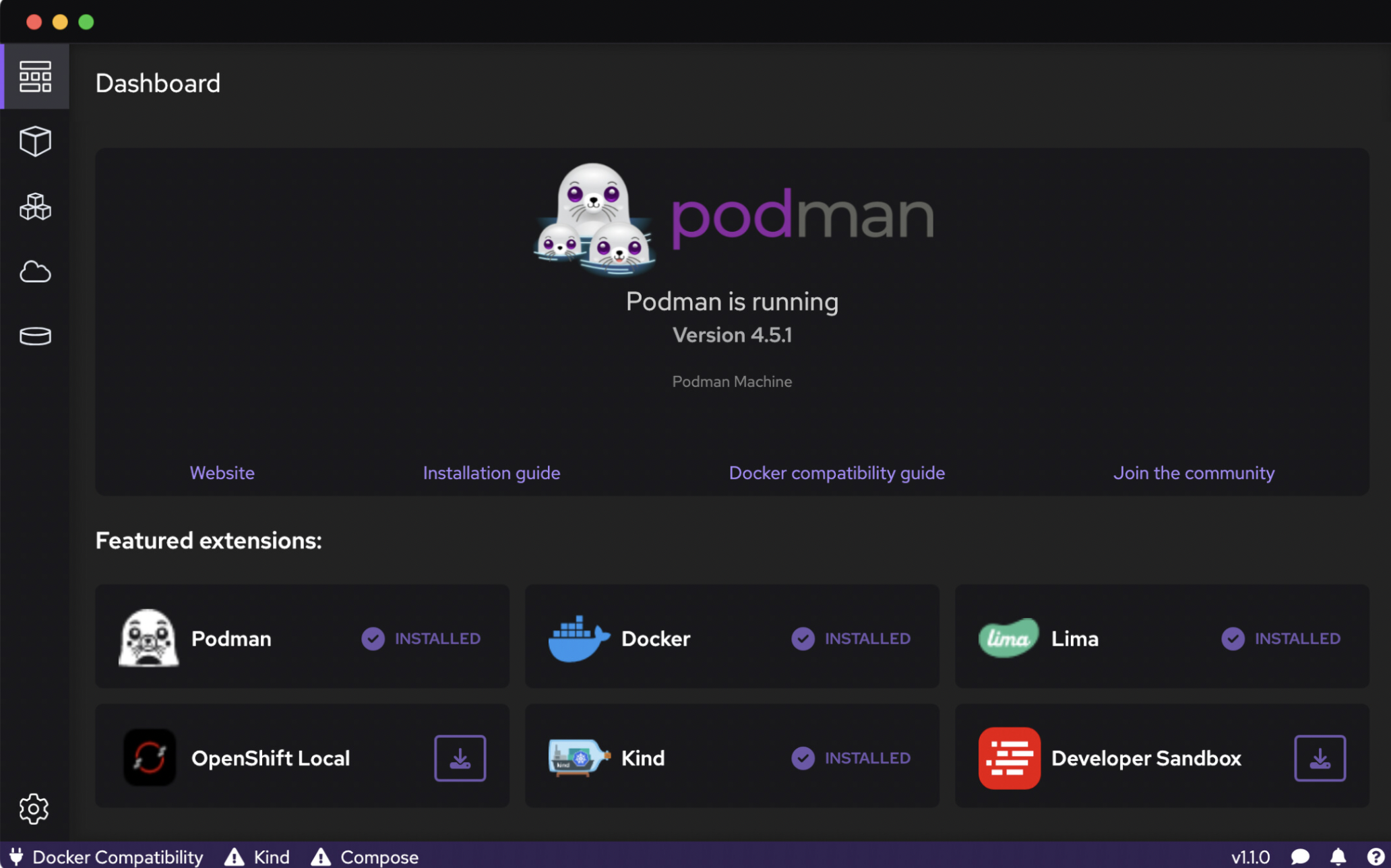Containers
Learn the basics of Linux Containers as well as the more advanced principles in one module of 1 hour.

Tutorial: dn.dev/containers-tutorial
Slides: dn.dev/containers
Containers I
Duration |
Audience |
Level |
1 hour |
Developers and Linux administrators |
Beginner |
Imagine you’re developing an application. You do your work on a laptop and your environment has a specific configuration. Other developers may have slightly different configurations. The application you’re developing relies on that configuration and is dependent on specific libraries, dependencies, and files. Meanwhile, your business has development and production environments that are standardized with their own configurations and their own sets of supporting files. You want to emulate those environments as much as possible locally, but without all the overhead of recreating the server environments. So, how do you make your app work across these environments, pass quality assurance, and get your app deployed without massive headaches, rewriting, and break-fixing? The answer: containers.

What you will learn:
-
Containers vs Images
-
Running with Red Hat Universal Base Image
-
Installing software into a working container
-
Positioning files into a working container
-
Committing your container image
-
Creating a container and running in interactive command
-
Creating a detached container with a mapped port
-
Attaching to a detached container
-
Stopping a container
-
Mapping some host storage to your container
-
Managing images (pushing and pulling) and containers
Containers II
Duration |
Audience |
Level |
1 hour |
Developers and Linux administrators |
Intermediate |
When you’re developing an application, there are different tools that you can use to manage your containers. In this session, we will take a deeper dive into the world of containers, focusing on Podman Desktop, Buildah, Skopeo, and Jib.
With Podman Desktop and Buildah, you’ll learn how to build, manage and run containers in a daemonless setup. Skopeo will show you how to inspect, sign, sync, and manage container images efficiently, while Jib can build optimized Docker and OCI images for your Java applications without a Docker daemon.

What you will learn:
-
Building and managing containers visually with Podman Desktop
-
Creating container images with Buildah
-
Managing and syncing container images with Skopeo
-
Building Docker and OCI images for Java applications with Jib
-
Understanding daemonless setup for containers & efficient image management without the need for Docker daemon